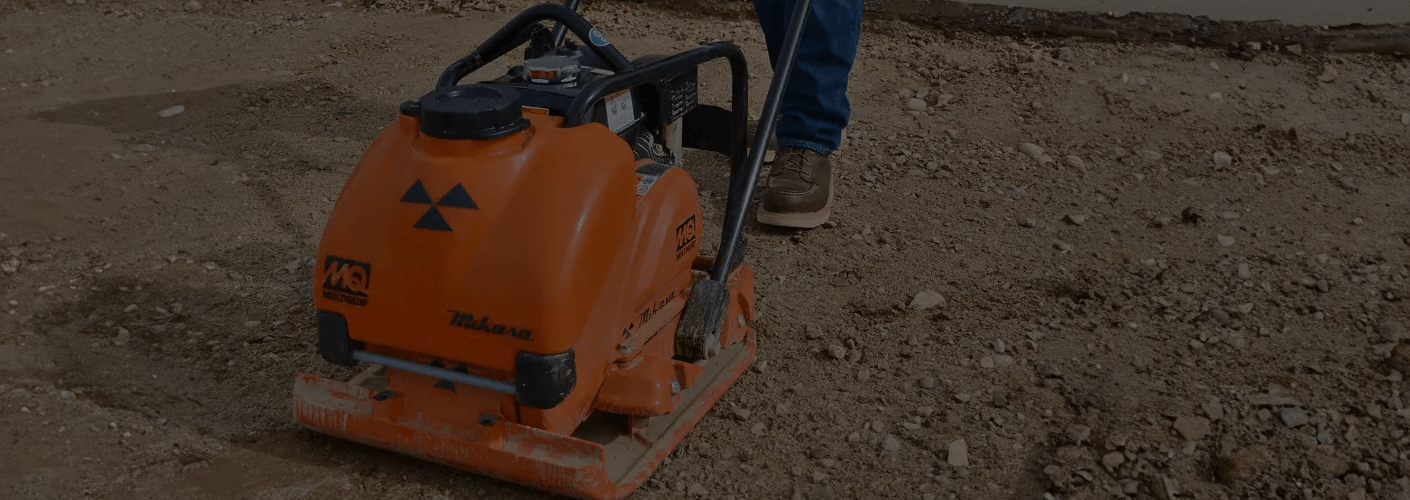Speak with a compaction equipment expert now 763-307-2800.

High-quality compaction gear from MultiQuip and Wacker Neuson, from Lano Equipment.
Lano Equipment is proud to offer the best prices on compaction equipment with a comprehensive product portfolio to support light to medium construction projects including Rammers, Plate Compactors, Walk-Behind Rollers, and Ride-On Rollers, power generators, lighting, and more. We offer a wide variety of new, used, and clearance machines at three convenient locations. Need a rental? We have everything from attachments to skid steers available for daily, weekly or monthly rates! If there’s anything else you need, please give us a call.

Compaction Q&A
Everything you need to know before you buy or rent a compactor.
- Vibrating Plates – Walk-behind vibratory-plate compactors are light equipment designed for construction to compact loose materials such as granular soils, gravel, small aggregate, and hot asphalt mixes.
- Trench Compactors – A trench compactor, also known as a trench roller, is a piece of equipment used to compact the soil in a narrow space such as a trench. It is usually powered by a gasoline or diesel engine.
- Tandem Rollers/Ride-On – A tandem roller is a steam or gasoline-driven roller in which the weight is divided between two heavy iron rolls one behind the other.
- Rammers – A rammer compactor is a device that enables aggregate or another powdered or granular substance to be compacted or lowered, usually to increase its density or to make it resistant to further compression.

